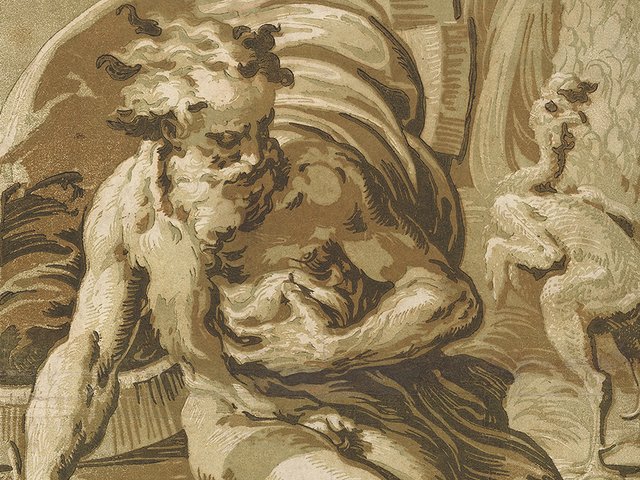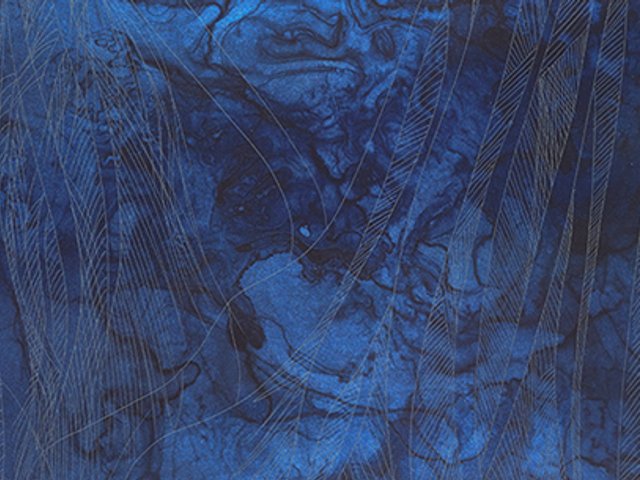Before Madison Avenue became a metonym for the “mad men” American advertising revolution of the late 1950s, a lesser-known print reformation was initiated at Margaret Lowengrund’s The Contemporaries. Opening at 959 Madison Avenue in 1952 and moving to 992 in 1955, The Contemporaries was the first print gallery-workshop operation in the US. Published to coincide with the Print Center New York’s autumn 2023 exhibition of the same name, this handsomely produced multi-essay/authored guide is the first publication to explore The Contemporaries and its artist-director Lowengrund.
Lowengrund began her career—like other early 20th-century mavens—as an artist. Contemporaneous artist-impresarios invite comparison, including Gertrude Vanderbilt Whitney, Hilla von Rebay and Katherine S. Dreier. Training throughout the 1920s at the Philadelphia School of Design for Women, Pennsylvania Academy of Fine Arts, Art Students League and London’s Central School of Arts and Crafts, Lowengrund first published “About Town” illustrations in The New York Evening Post and Philadelphia’s Evening Public Ledger, tracing a trajectory similar to Ashcan School artist-illustrators including John Sloan and Everett Shinn. During the Great Depression she worked for the Works Progress Administration producing “social viewpoint” lithographs depicting breadline struggles; later in the 1940s, as associate editor of the Art Digest, she was singled out by the congressman George A. Dondero as a communist threat. Her writings, Dondero claimed, “glorify the vulgar, distorted and perverted” qualities evident in mid-century Abstraction, a style considered a danger to American values. By the time she died in 1957 aged 55, Lowengrund had successfully pivoted with the times, securing a series of Rockefeller Foundation grants and a partnership with Brooklyn’s Pratt Institute.
Lowengrund had 35 years’ experience as an artist before she founded The Contemporaries, serving as the workshop’s first professional printer alongside her duties as gallerist. Eventually recruiting other printers, the workshop produced colour lithography, etching, woodcut and serigraphy, while the gallery hosted more than 250 artists and 100 exhibitions (including national tours). The market for prints comprised middle-class collectors in search of original art at moderate prices, though Lowengrund supplemented operational costs by selling higher priced sculpture. For example, in its first exhibition at 992 Madison Avenue, Lowengrund exhibited David Smith, Isamu Noguchi and Richard Lippold. In her chapter about interior design, Sarah Archer argues that Lowengrund’s contribution included her ability to re-contextualise prints as “painted originals” toggling between the worlds of fine art and interior design.
Dynamic culture
Jillian Russo’s chapter places Lowengrund in dialogue with other New York women gallerists of the 1950s, a subject explored at the David Nolan Gallery in 2022 in the thoughtful exhibition Mad Women: Kornblee, Jackson, Saidenberg and Ward, Art Dealers on Madison Avenue in the 1960s. Russo compares Lowengrund to Grace Borgenicht, Betty Parsons, Marian Willard and Virginia Zabriskie, arguing that her enterprise enabled her to develop a print market with less competition from Midtown galleries. Noriko Kuwahara’s chapter on the activities of Japanese artists at The Contemporaries, and Rachel Vogel’s on Luis Camnitzer and Liliana Porter, provide evidence of a dynamic and international print culture defined by innovation as radical as that represented in commercial venues in the time period: for example, Eleanor Ward’s embrace of Pop Art at the Stable Gallery and Virginia Dwan’s support of Land Art, Conceptual Art and Minimalism in Los Angeles. As suggested by Vogel, seriality, multiplicity, reproduction and permutation, which became central to Pop, Minimalism and Post-Minimalism (and later the Pictures Generation), were core affordances that artists such as Camnitzer identified in printmaking. He used polystyrene acetate, steel, Xeroxes, stickers and food as materials, signalling radical directions for print artists operating in Lowengrund’s legacy.
Christina Weyl and Lauren Rosenblum stress Lowengrund’s impact (personal and professional) on three other women who founded better known and extant workshop-gallery models: Tatyana Grosman at Universal Limited Art Editions (1957), June Wayne at The Tamarind Lithography Workshop (1960) and Kathan Brown at Crown Point Press (1962). An integrated history of these printers, with that of the aforementioned gallerists promoting “fine art” in Midtown, remains to be written. “Mad” may be an attention-grabbing adjective for their enthusiasm, but it undersells their vision, gains and influence. Cumulatively, these accessible essays, examining mid-century printmaking, make the book an excellent introduction to the wider versatility of the medium, while attentive design choices (full-bleed spreads, coloured pages, juxtaposed Futura ND and Walter Neue fonts) present information and illustrations in a manner that makes the book exhibition-like in form. This execution, by New York agency CHIPS, captures the dynamism of Lowengrund’s enterprise and serves as a homage-cum-celebration of off-set printing. Its visual expression is superlative.
• Lauren Rosenblum and Christina Weyl (eds), A Model Workshop: Margaret Lowengrund and The Contemporaries, Hirmer/Print Center New York, 120pp, 70 colour plates, £36 (hb), published 25 January
• Henry Martin is the author of Agnes Martin: Pioneer, Painter, Icon (Schaffner Press, 2018)




